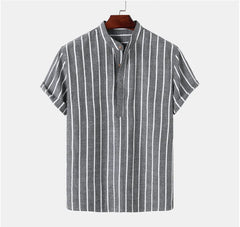When it comes to fashion, there are distinct differences between old money style and new money fashion. Understanding these differences can provide insight into the historical and cultural influences that shape our clothing choices. Let's delve into the key disparities between the two.
What Defines Old Money Style?
Old money style is characterized by understated elegance, timeless pieces, and a focus on quality over quantity. Those who adhere to old money style often opt for classic, well-tailored garments that exude sophistication and refinement. Fabrics like cashmere, silk, and tweed are favored, and neutral colors such as navy, camel, and ivory dominate the wardrobe.
What Sets New Money Fashion Apart?
New money fashion, on the other hand, is more about making a statement and showcasing wealth through designer labels, logos, and trends. It tends to be bolder, flashier, and more trend-driven than old money style. New money fashion enthusiasts are not afraid to experiment with colors, patterns, and unconventional silhouettes to stand out and express their individuality.
Key Differences Explained
One of the main differences between old money style and new money fashion is the approach to luxury. While old money style values discreet luxury and craftsmanship, new money fashion often prioritizes conspicuous consumption and status symbols. Old money style is about heritage and tradition, while new money fashion is about innovation and breaking boundaries.
Additionally, old money style tends to be more understated and conservative, focusing on investment pieces that withstand the test of time. In contrast, new money fashion embraces the latest trends and is more likely to indulge in fast fashion and seasonal fads.
Conclusion
Understanding the distinctions between old money style and new money fashion can offer valuable insights into the cultural and societal influences that shape our fashion choices. Whether you lean towards the timeless elegance of old money style or the bold statements of new money fashion, both approaches have their unique charm and significance in the world of fashion.




